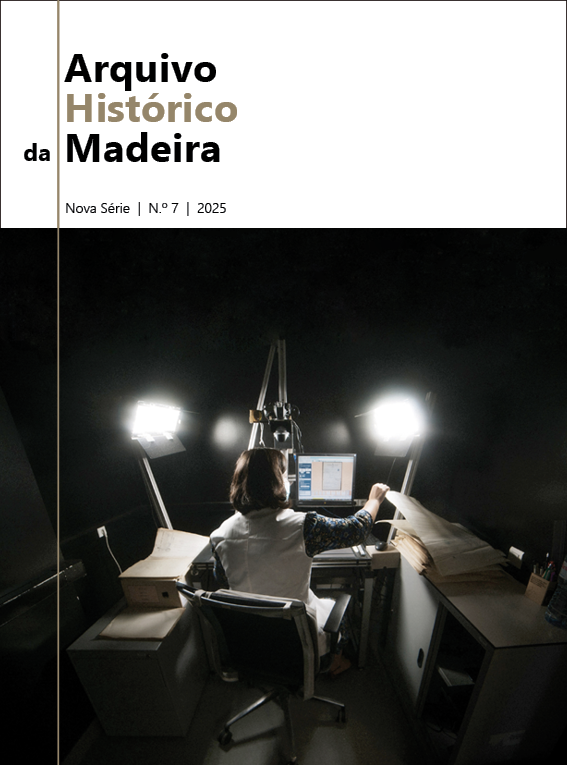Primary Education in the Municipality of Calheta (1772-1930)
Abstract
A Decree from 1772 established six royal schools in Madeira for “Reading, Writing, and Counting”, including one in the village of Calheta, where António Correia de Sousa became the first teacher, appointed in 1790.
Initially, the administration of Primary Education was centralised under the Royal Treasury, but in 1799, the responsibility for supervision was transferred to the governor of Madeira. In 1835, municipal councils assumed responsibilities for the establishment, maintenance and preservation of schools.
Gradually, boys’ schools were implemented in the remaining parishes, with schools being established in Fajã da Ovelha and Arco da Calheta in 1841; Ponta do Pargo in 1844; Estreito da Calheta in 1849; Prazeres and Paul do Mar in 1878; Jardim do Mar in 1916. The first official school for girls opened in the village of Calheta in 1858, followed by Arco da Calheta in 1896, and then in other parishes during the 1910s.
Due to financial difficulties faced by the municipalities, most schools were closed in 1854, but were gradually reactivated over the following years.
Until the 1870s, most teachers were priests or local officials selected from the few who could read and write. A law from 1878 introduced examinations for the selection of qualified teachers.
Although legislation provided for Primary Education for all children, in practice, it was limited. At the beginning of the 20th century, classrooms were scarce, usually consisting of one for boys and one for girls in each parish, which was clearly insufficient to accommodate all children. Classes were held in rented houses provided by municipal councils, which, together with the frequent relocation of schools and the high turnover of teachers, hindered the proper functioning of the schools.
Arco da Calheta was the first parish in the municipality of Calheta to have three official schools when the mixed school of Loreto was opened in 1912. In 1867, evening schools were established, later discontinued and reactivated throughout the 20th century, aimed at educating young people over 14 years old, workers, and potential emigrants. In the 1910s, mobile schools were created to expand the school network and combat illiteracy. In addition to official schooling, some teachers also ran private schools.
This article addresses Primary Education in the municipality of Calheta, from the establishment of the first royal school to the early 1930s, when the directives of the Military Dictatorship Government and the “Estado Novo” brought about significant changes.
Keywords: Students; Municipality of Calheta; Education; Primary Education; School; Municipality of Porto Moniz; Teacher.
Downloads
Published
Issue
Section
License
Copyright (c) 2025 Arquivo Histórico da Madeira, Nova Série

This work is licensed under a Creative Commons Attribution-NonCommercial-NoDerivatives 4.0 International License.



